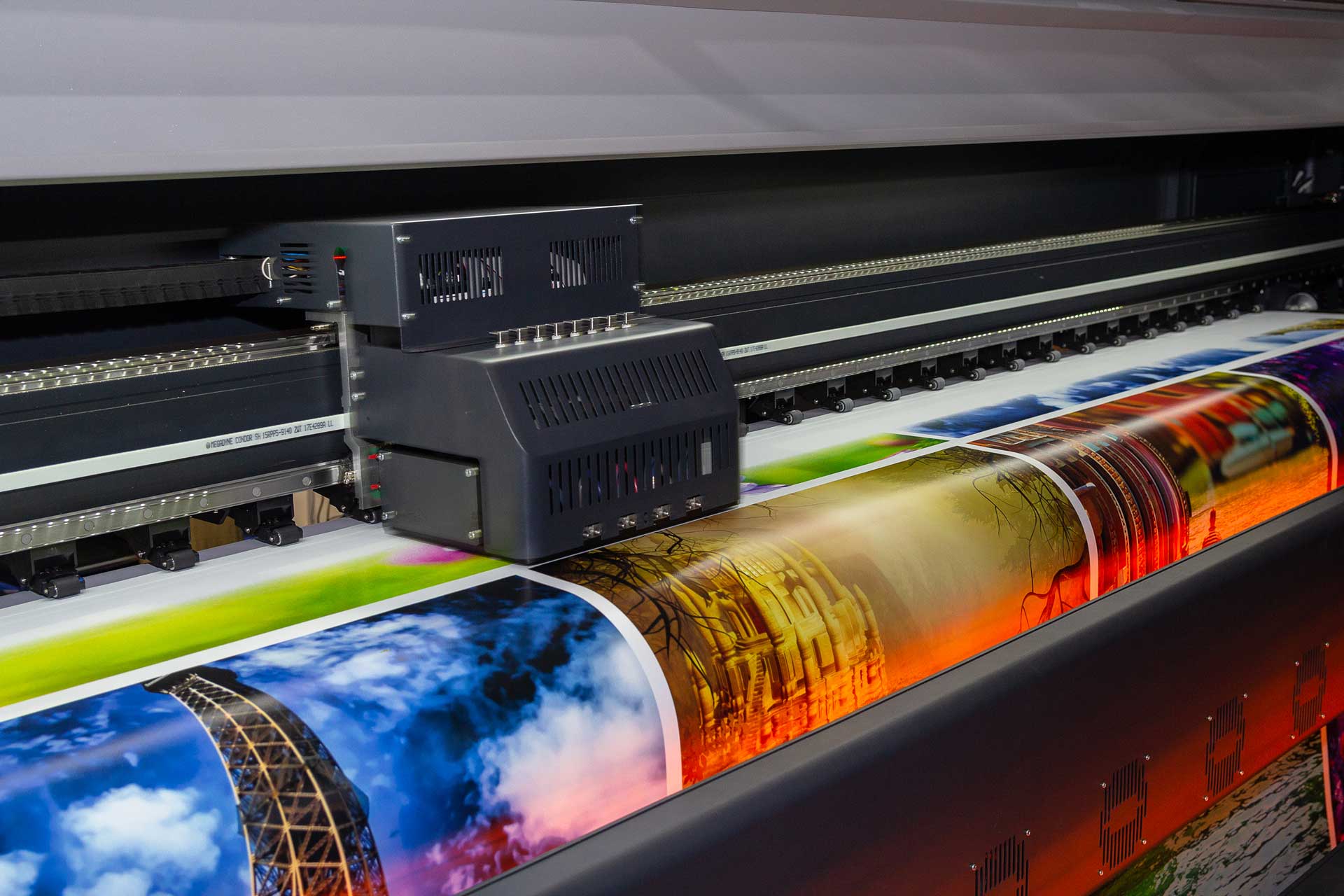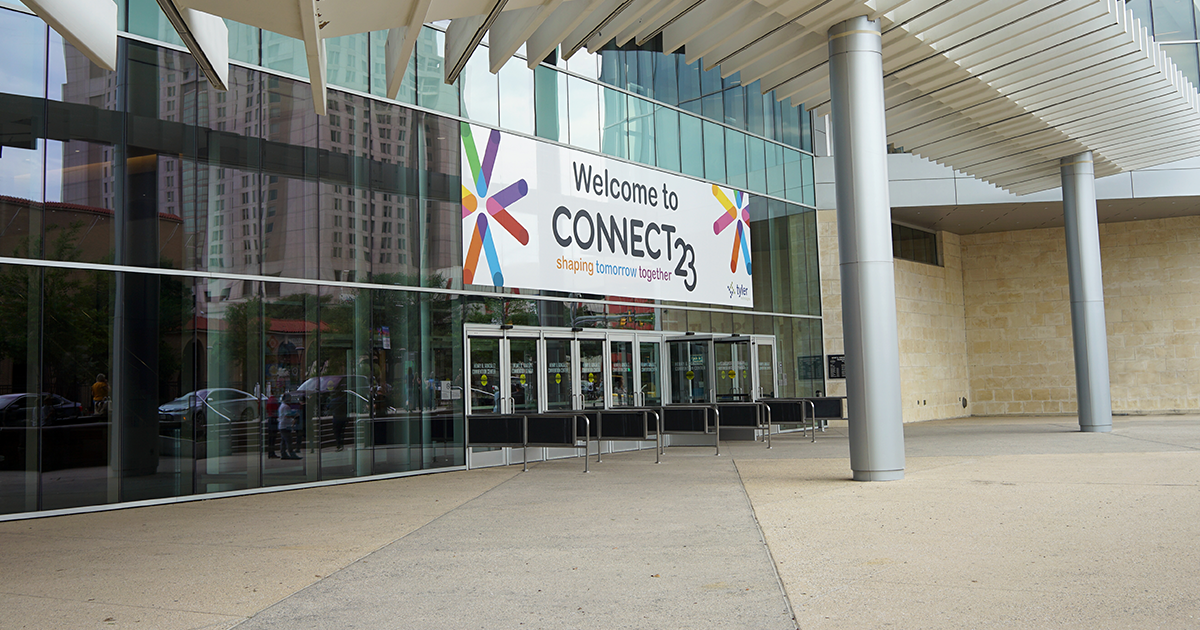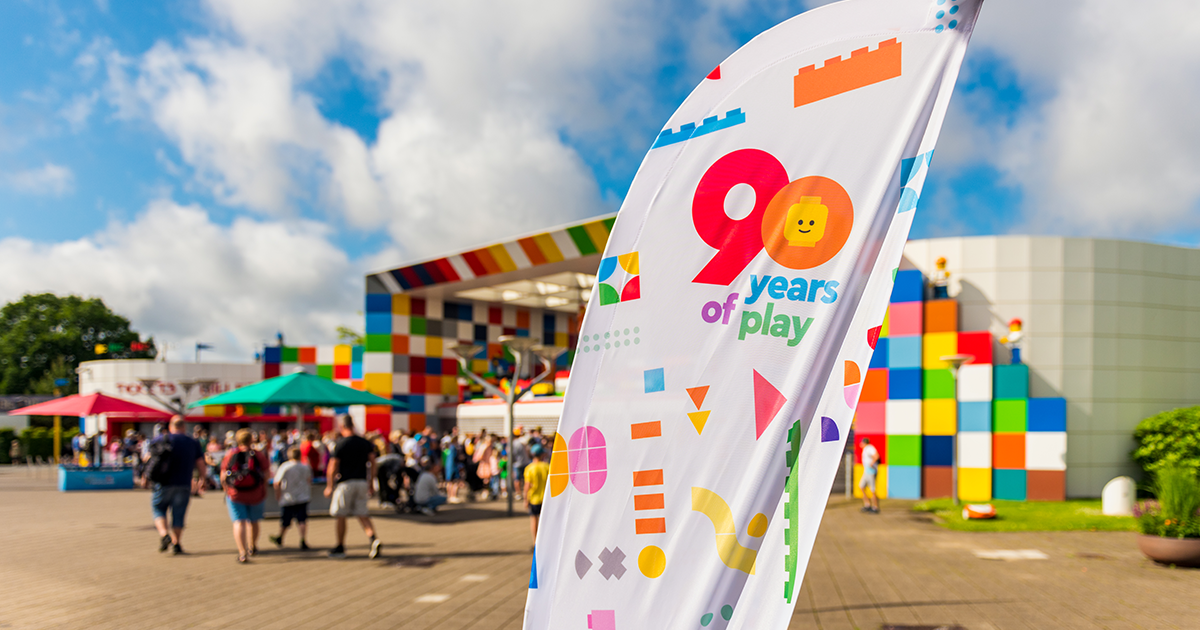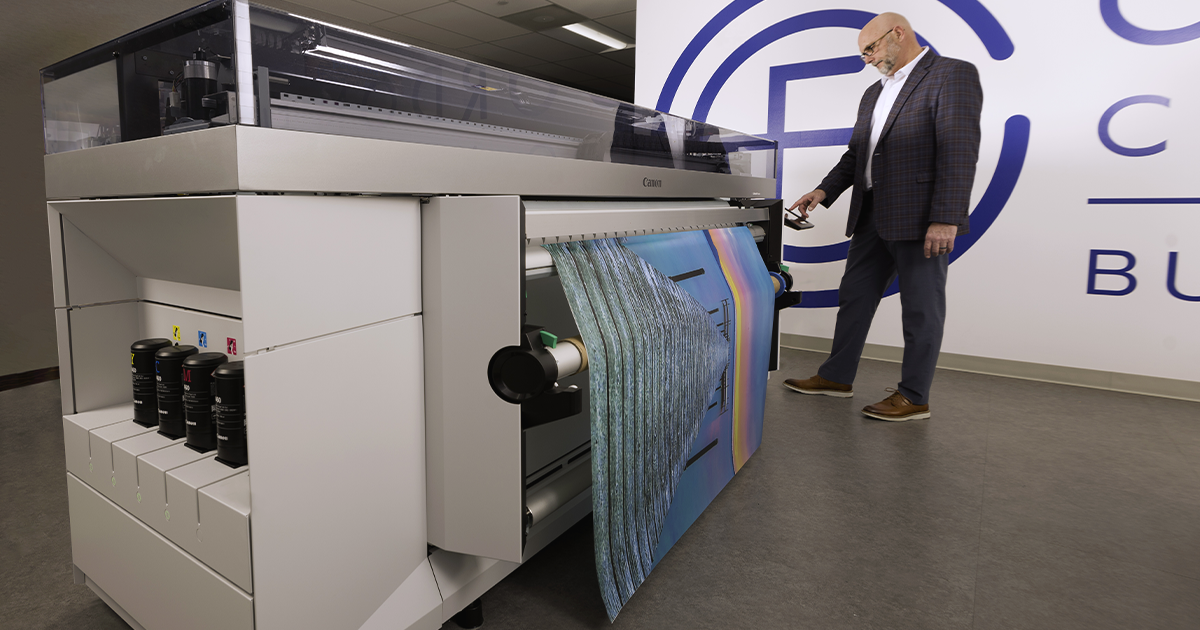Every business is clamoring for brand recognition and looking for ways to stand out among a sea of competitors. While digital advertising certainly has its place, one method has stood the test of time.
Printed posters, trade show banners, murals and signage are still among the best ways to capture people’s attention, and advancements in large format printers have made it easier — and more cost effective — than ever.
Use these large format printing tips to help ensure the best results:
1. Adjust Camera Settings
An image that looks great on a cell phone or camera viewfinder might be less than impressive when blown up to a life-size poster or sign. Conventional cameras and phone cameras use megapixels (MP). The latest iPhone, for example, is 12MP. When photos are intended to be used on large format print pieces, change your camera settings so that it’s capturing images using the highest resolution possible.
2. Use the Right File Format for Large Scale Printing
Common graphic file types include JPEG, TIFF, PNG, BMP, GIF, PNG and PDF. If their resolution is high enough, they may work well for large format printing. For the highest quality image possible, however, capture photo images in their RAW format. This might require changing default settings on your camera which typically compress images to save space on memory cards.
3. Choose High Resolution Images
To achieve a high quality large format print requires a high quality image. If working in a graphic design program like Photoshop or Illustrator, make sure your settings are at least 300 pixels per square inch. Choose the largest file size possible.
→ Learn More about Proper Image Resolution for Large Format Printing
4. Choose the Right Design Program
The most common design softwares are Photoshop and Illustrator. When printing large format prints, opt for Illustrator when possible. It supports vector file formats that can be easily scaled. Speaking of which…
5. Use Vector Images
When possible, use vector images — EPS, AI, SVG or PDF — when designing your graphics in your software program. This includes converting any fonts used in your file. Vector file formats will not lose quality when resized, resulting in practically perfect large format prints.
6. Convert RGB Colors to CMYK
Typical desktop programs display images using a three-color RGB system intended for viewing on a computer screen, but they won’t necessarily translate to the printed page. High quality printers use a four-color CMYK system. If your image is RGB, convert it to CMYK using appropriate software. Better yet, when designing a piece you know is intended for print, change your program settings to CMYK prior to getting started.
→ Learn More About CMYK vs. RGB for Print!
7. Avoid Resizing Images
Cropping image files or resizing them typically results in excessive pixelation when the image is enlarged, leading to low print quality. Try to stick with the original image size or, when taking photos, get as close to the subject matter as possible.
8. Convert Non-Digital Photos
Want to use a vintage photo or graphic on your large display? Use your printer’s scan function set at the highest possible resolution to create a digital version. From there, a graphic designer can work their magic in Photoshop or another photo editing software to enhance the image and make it better than the original.
9. Choose a Local Print Provider
Some organizations turn to online vendors for their large format printing needs, but quality control can suffer, and the refund and return process can create major headaches. When you work with a local printer, you can often do a press check to ensure it meets your standards and they’ll typically have better turnaround times.
10. Print It Yourself
If you find that you’re frequently running to the print shop and spending a lot on signage and other large format print pieces, look into purchasing a large format printer. To make that determination, calculate how much you spend annually on outsourced printing for your large format pieces and compare it to the lease or purchase price of in-house equipment from a Managed Print provider. You might be surprised to discover that you’ll save money in the long run.
Image quality is just one of the challenges that comes with large format printing. Understand additional challenges (and solutions) by downloading our infographic below. Also know that our print experts can help you determine whether an in-house large format print solution will be beneficial to your organization. Request a free print assessment today.










